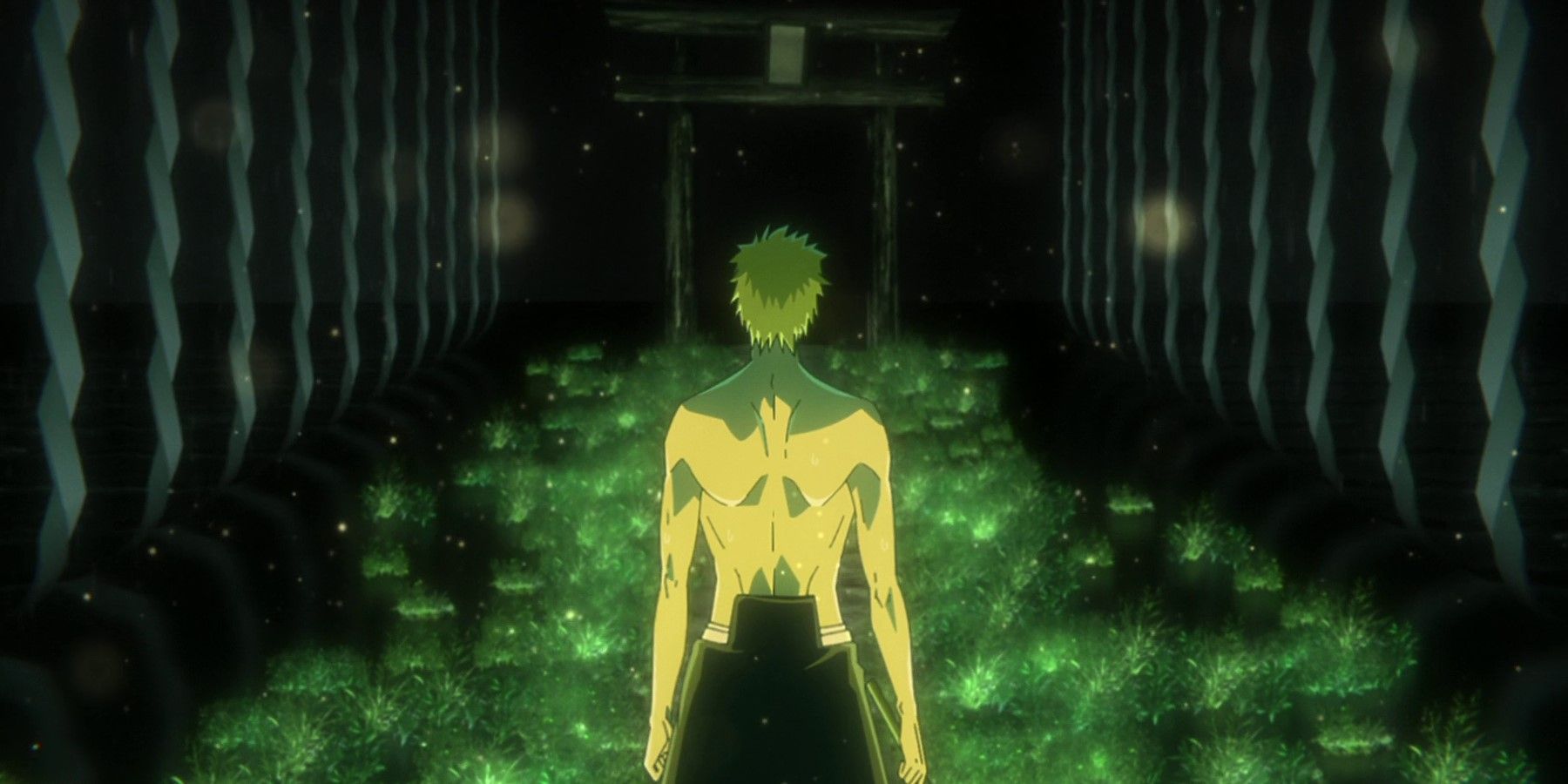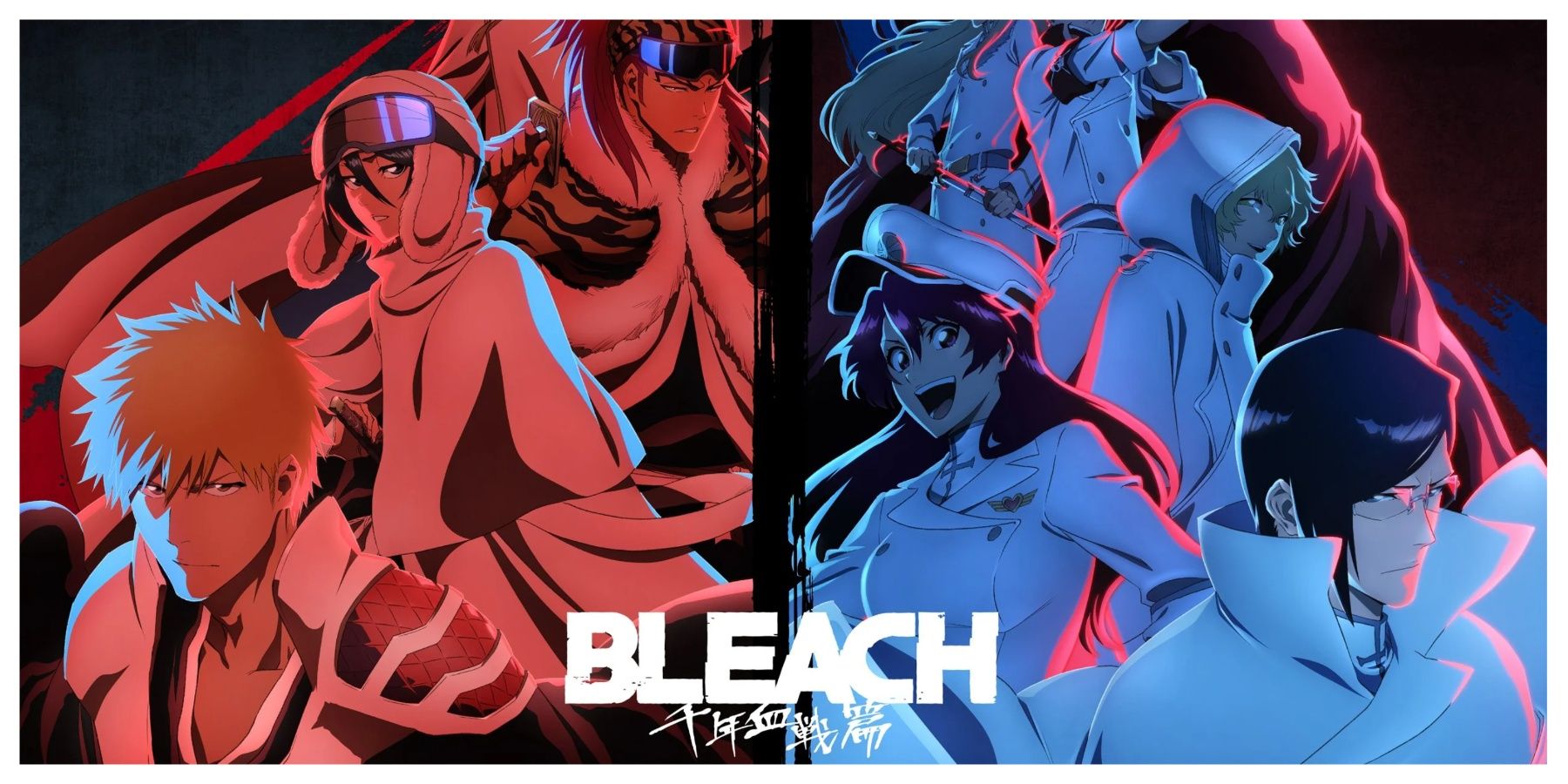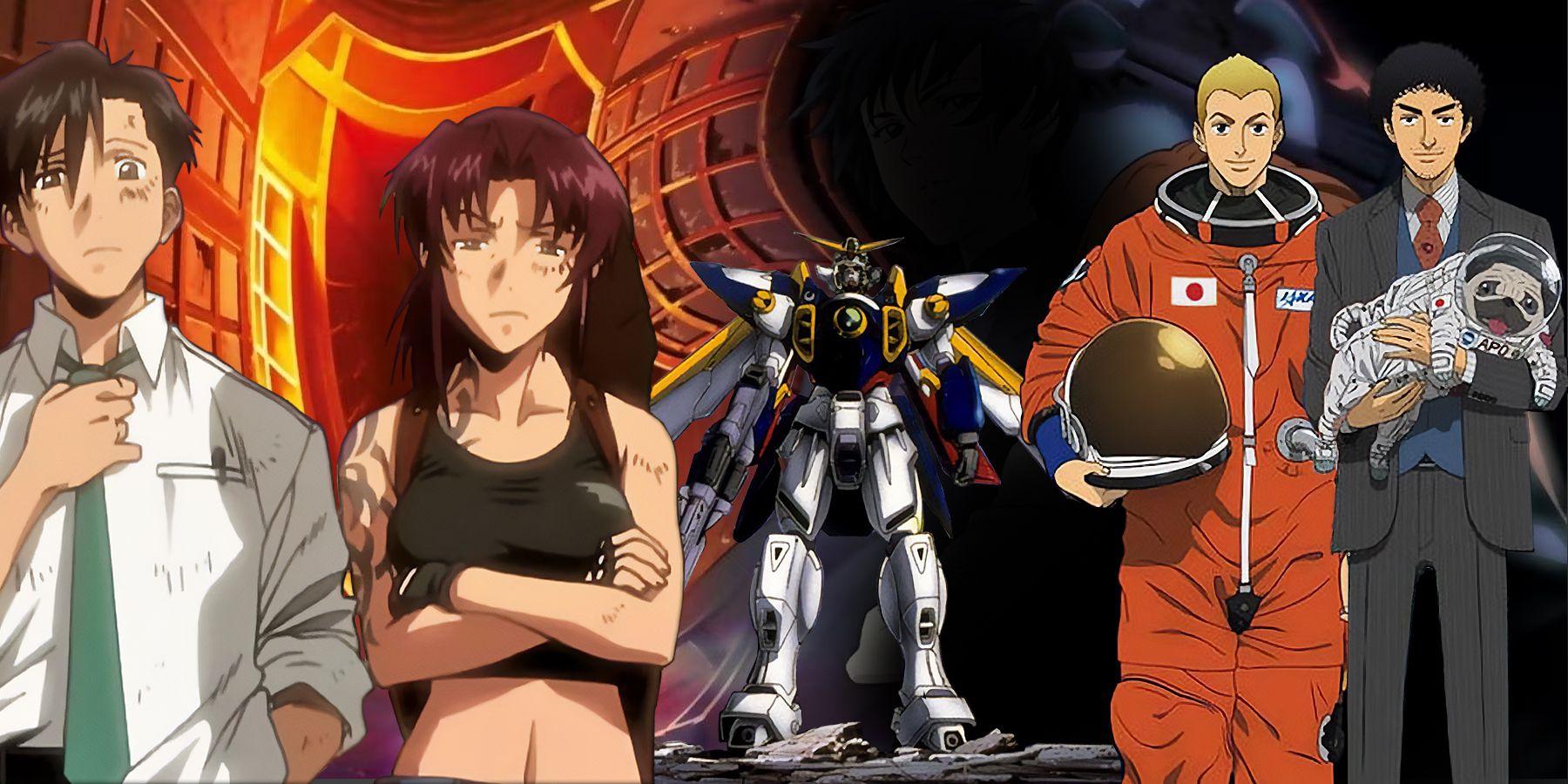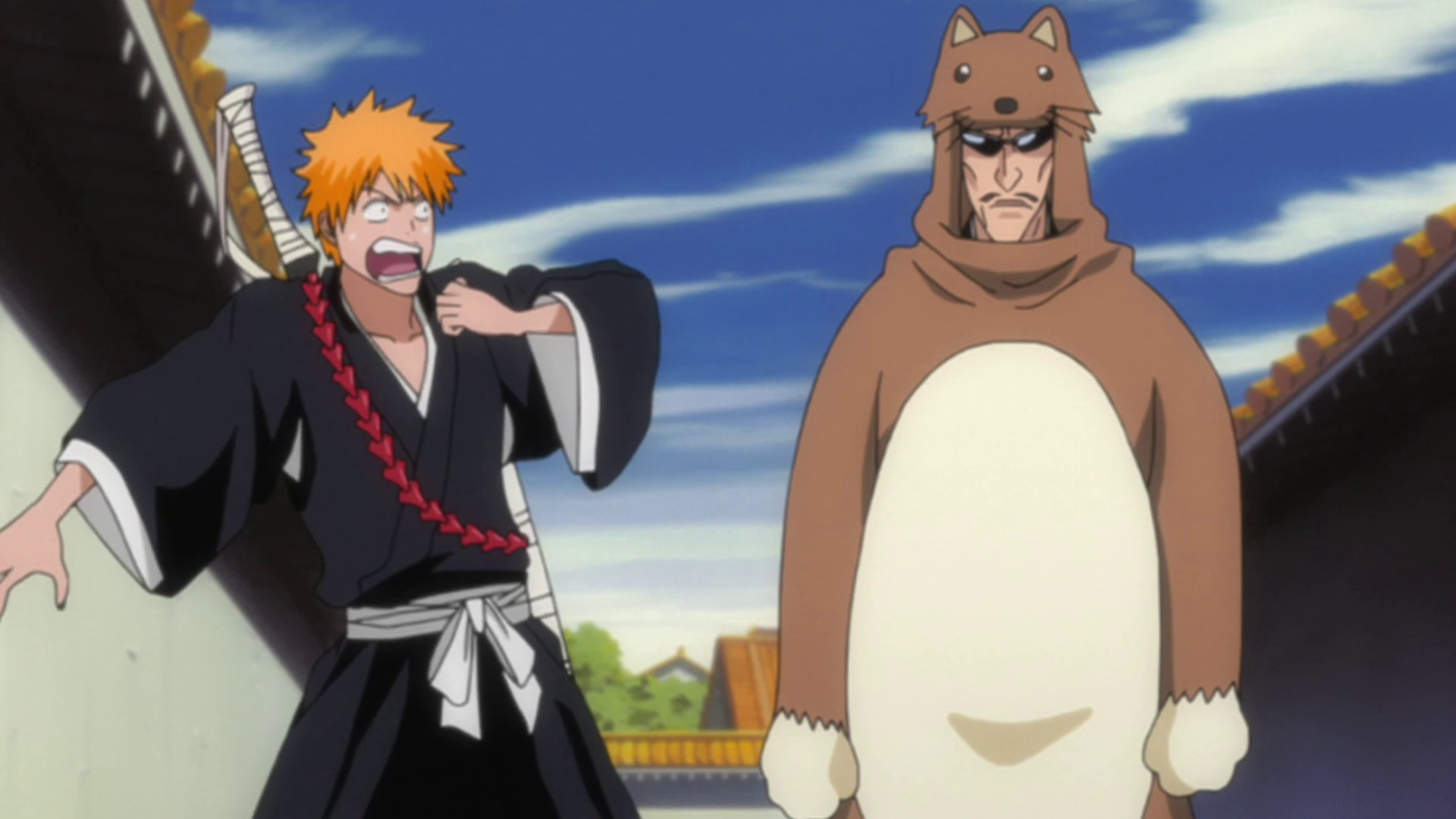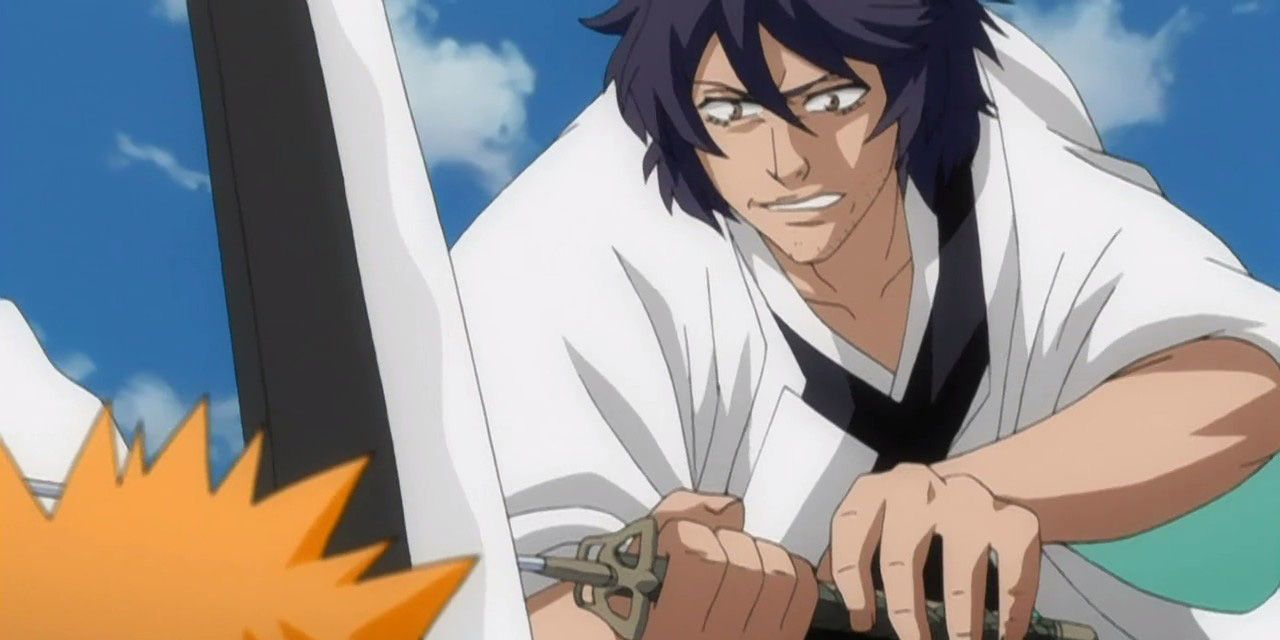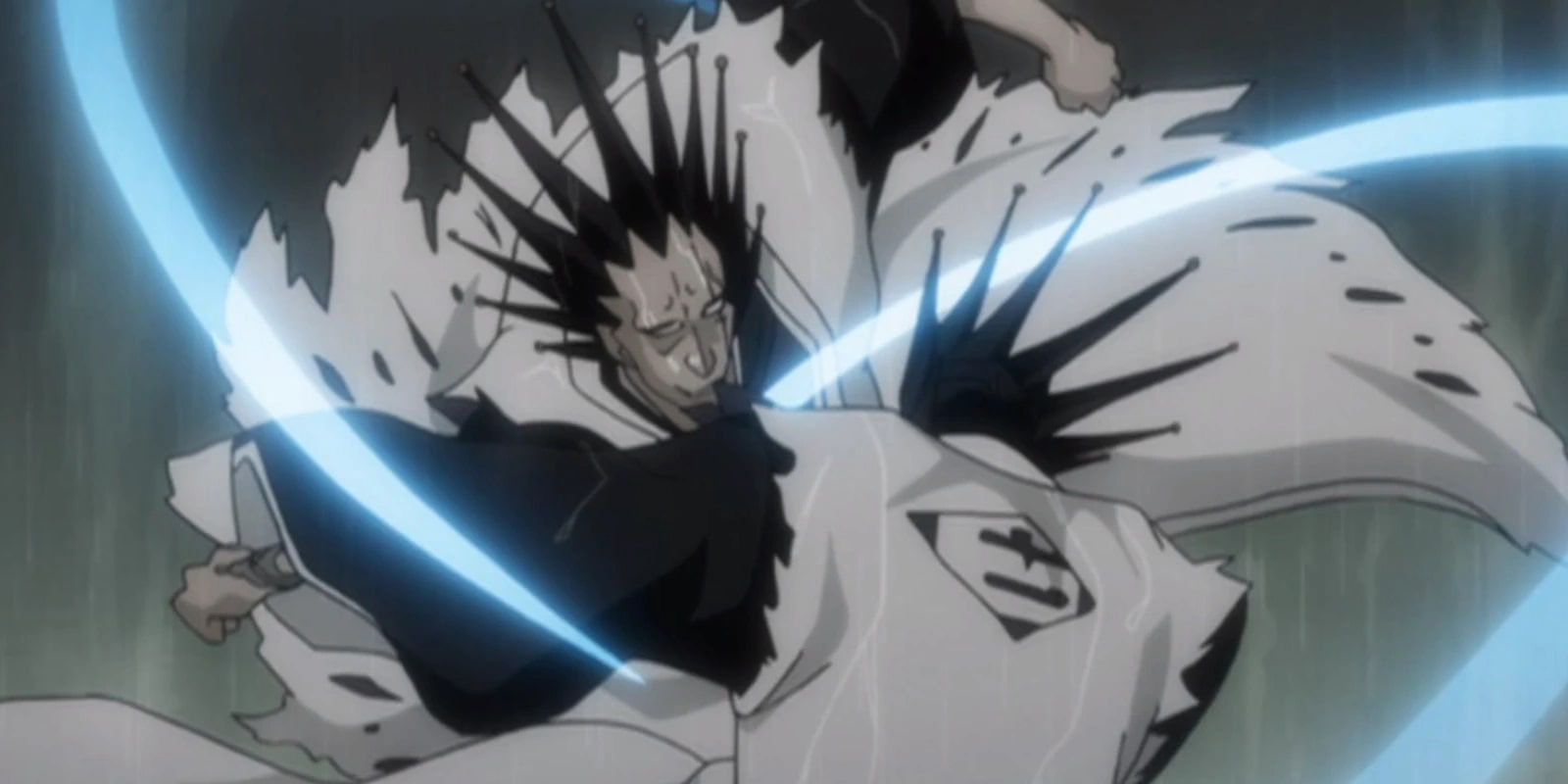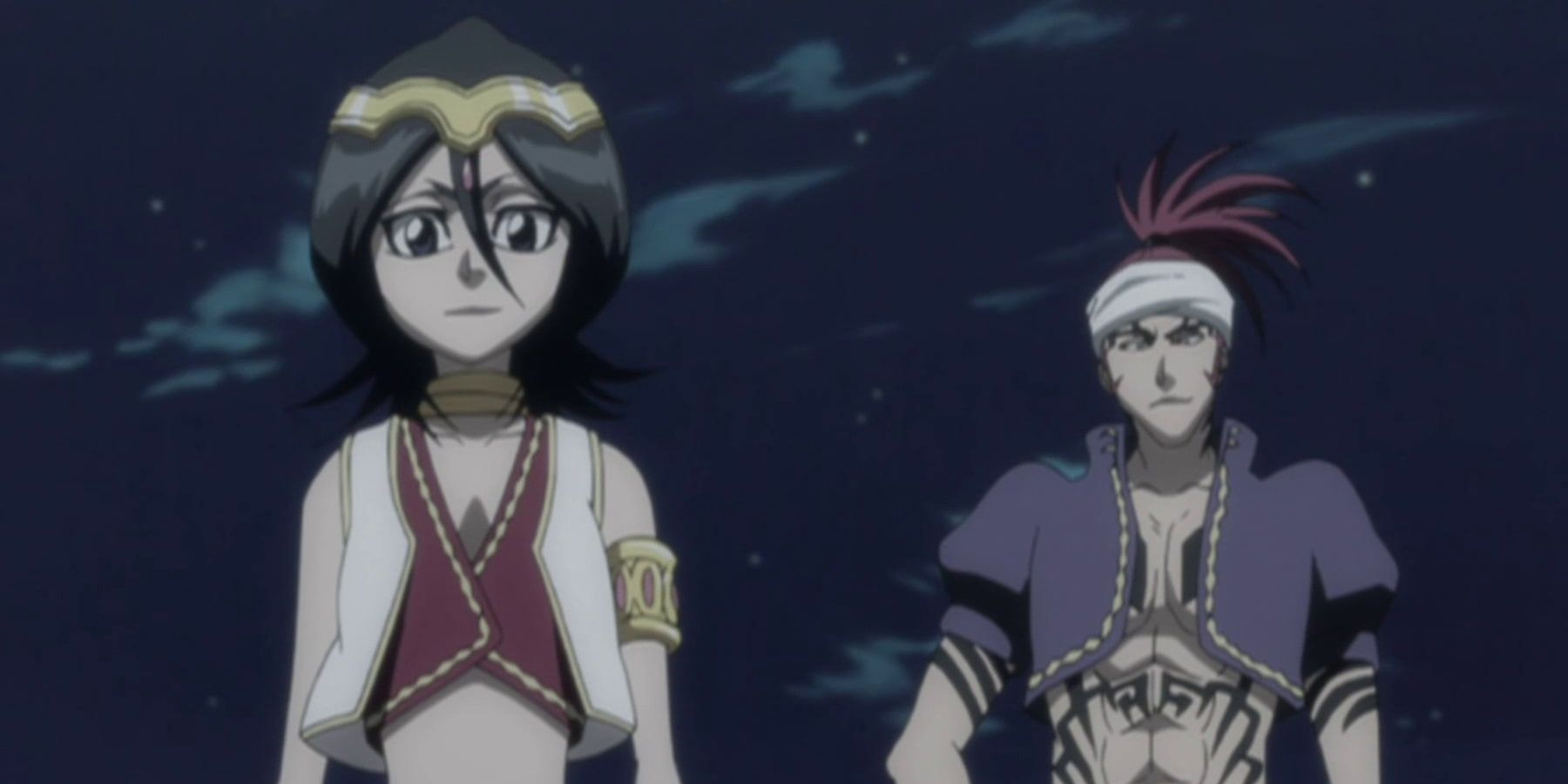Most fans of anime, especially those which have a high number of episodes, are all too familiar with filler content. When an anime and the manga it's based on run concurrently, the former always risks overtaking the latter. Inserting anime-original episodes or arcs allows a series to continue without breaks between seasons (as with My Hero Academia), and simultaneously stay comfortably behind its respective manga. Unfortunately, filler is infamous in the anime community for inferior writing and animation, and sometimes for taking up an uncomfortable percentage of the overall show. Perhaps no major anime is as guilty of this as Bleach.
The primary flaw in Bleach's filler lies primarily in just how much of it there is. 164 of Bleach's 366 episodes are comprised of filler, or just under 45 percent. This filler consists of 4 major storylines and a litany of mini-arcs and one-off episodes, most of which take place under the greater storyline of the Soul Reapers' struggle against Sosuke Aizen and the Arrancars. To be fair, that storyline took Tite Kubo years to write, but nonetheless anyone choosing to binge-watch Bleach would find it riddled with anime-exclusive diversions. Thankfully, in the quality department, Bleach's filler arcs range from derivative but watchable at worst to genuinely fun at best.
Bounts and a New Captain
The first major filler arc in Bleach covers beings known as the Bounts, essentially the Bleach universe's take on vampires. Like vampires, the Bounts are immortal as a result of consuming souls. Each of them controls a sentient being called a Doll, which essentially acts as their partner and weapon. This has confirmed parallels to the Zanpakuto used by Soul Reapers, but differs enough in practice that it's a fresh concept.
Most of the Bounts are multifaceted and genuinely interesting characters, including their de facto leader Jin Kariya, who controls wind, and his associate Go Koga, who lacks his Kariya's abject cruelty but has his own complex reasons for attacking Soul Society. Also aiding Kariya is a former Soul Reaper, Maki Ichinose, who seeks revenge against Kenpachi Zaraki. The Bount arc encompasses the height of anime filler: a captivating original story, a large cast of fleshed-out characters, and a creative and original power system. Both of these traits are followed, though perhaps not as well, in the New Captain Shusuke Amagai arc.
The eponymous Amagai replaces former Squad 3 Captain Gin Ichimaru after the latter's defection alongside Sosuke Aizen and Kaname Tosen. Amagai and the new 3rd seat of Squad 3, Makoto Kibune, are revealed to be at the center of a large conspiracy targeting one of Soul Society's noble clans, the Kasumioji. Specifically targeted is the young princess Rurichiyo, who comes to the human world to hide from assassins. This arc also introduces a new type of weapon: the Bakkoto, which are wielded not only by Amagai and Kibune, but most of the lesser villains in the arc. Similar to Zanpakuto, Bakkoto are unique weapons with powerful abilities but are different in that they are not exclusive to their user and slowly take over their bodies, eventually killing their host.
The New Captain Shusuke Amagai arc is a mostly fun ride, but the villains introduced are a bit less interesting than the preceding Bounts. While Amagai's intentions and backstory are stimulating enough, most of the villains in the arc are simply assassins following orders, and they feel less important and consequential than any of the Bounts or the Arrancar in the canon storyline. The new powers they wield, as well as the sheer amount of new characters introduced, helps to mitigate this. Unfortunately, the other two major non-canon arcs are far more derivative and lean too heavily on pre-existing elements for their own good.
Zanpakuto Spirits, Clones, and Mod Souls
Next up is the Zanpakuto Unknown Tales arc, which ends with two great battles, but is hampered by everything leading up to that point. The mysterious Muramasa, later revealed to be a Zanpakuto spirit himself, manages to get most of Soul Society's Zanpakuto to rebel against their masters. Ichigo's Zangetsu is one of the few exceptions, being that they were in the Human World when the rebellion commenced. It turns out that the mastermind behind the plot is Koga Kuchiki, a relative by marriage of Rukia and Byakuya, who was Muramasa's wielder. Koga was imprisoned for attempting to rebel against the Soul Society, and Muramasa staged the new rebellion in an attempt to free his master. Ichigo ends up facing off against Muramasa, while Byakuya Kuchiki takes on Koga.
The one redeeming aspect of the Zanpukuto Rebellion Arc is that it applies new forms and personalities to nearly all the Soul Reapers' weapons, prior to which most had only been seen in as objects, and their personalities only being alluded to in speech. Each of the spirits have their own quirks and relationships with their respective Soul Reapers which come to the fore in the arc, shedding new light on a key aspect of Bleach's lore.
The problem with this arc is that as these Zanpakuto spirits have been used as weapons in battle before, their powers and abilities have already been seen. Additionally, most of the Soul Reapers are effectively disarmed as a result of these events, and forced to rely on other means to subdue the rogue spirits. This is often more frustrating than entertaining to watch, even if the conclusion is gratifying. These problems are largely repeated in the final large anime-exclusive arc, the Gotei 13 Invading arc. Most of the villains in this arc are clones of the Soul Reapers, the Reigai, and thus the arc's only original enemies are Kageroza Inaba, a mod soul, and his creator (and the creator of all mod souls) Oko Yushima.
The arc is also jammed in between Ichigo's defeat of Aizen and the time-skip leading up to next arc, a time in which Ichigo is supposed to have lost his Soul Reaper powers. Instead, they ret-con that Ichigo's powers are still present at this point but diminishing. To be fair, it's hard to neatly fit any of the Non-Canon material (except for the Bount arc) into Bleach's overall storyline, but this one feels particularly ignorant of the circumstances Kubo set in place.
Is There Too Much Filler?
On top of these four major storylines are myriad mini-arcs and one-offs, of which there are simply too many to comment on in detail. Some are better than others, and their lighter, often comedic tone is a nice contrast from the main series. That summarizing Bleach's filler content has taken this long shows how big a part of the overall series it is, and that has mixed results.
As with most of the major shonen anime, Bleach's filler came about as a result of necessity, and with the exception perhaps of the Gotei 13 Invading arc, none of it is so bad as to be better than the alternative: a long hiatus between seasons for the manga to stay ahead. Indeed, some of Bleach's filler is enjoyable, so it's not as much a question of whether those 164 episodes were necessary as much as whether something good came out of it.
The upcoming continuation of the Bleach anime will be able to choose how and when to apply filler with far more freedom due to the fact that Kubo finished writing the manga years ago. There are rumors of new filler based on Bleach light novels, which one could argue are canon and thus worth adapting. Whether any true anime-exclusive content will insert itself into the new Bleach adaptation is something one can only guess at.

